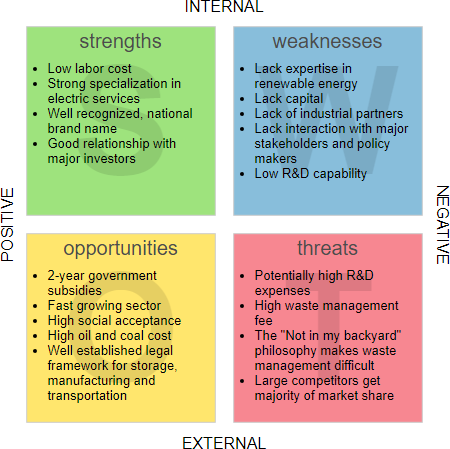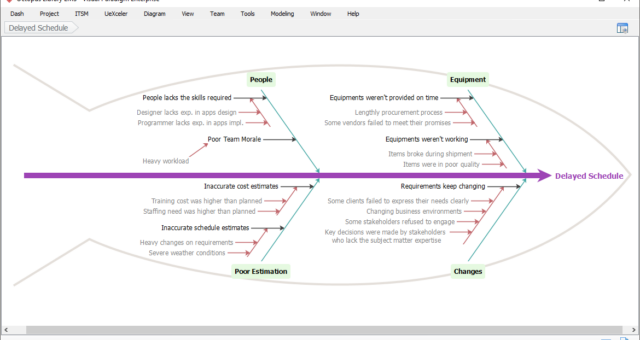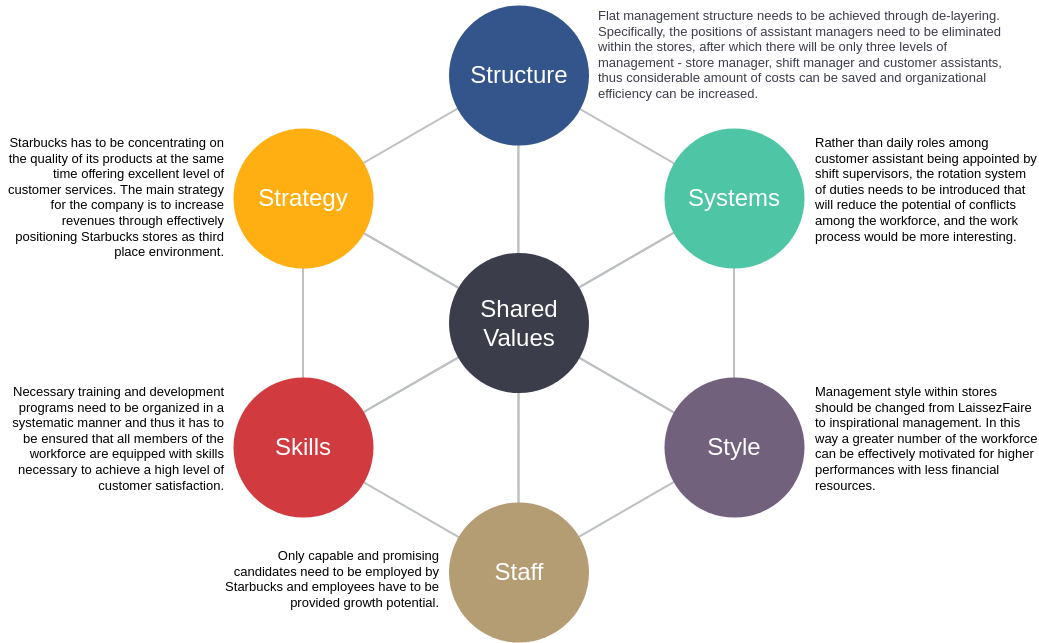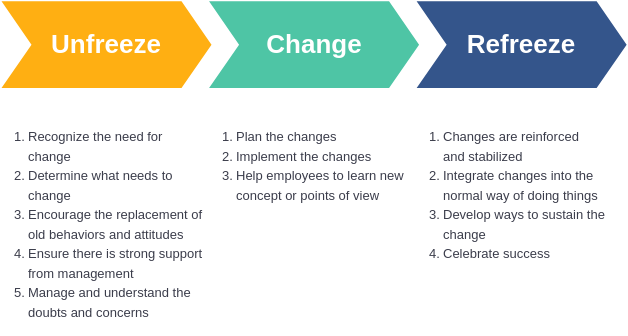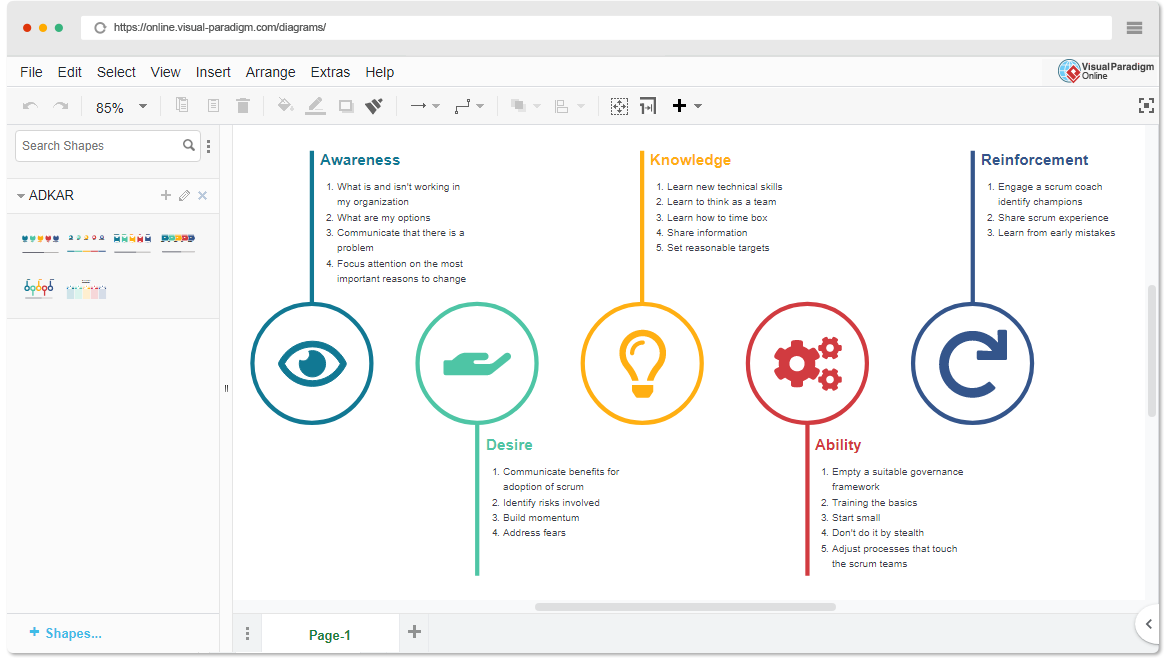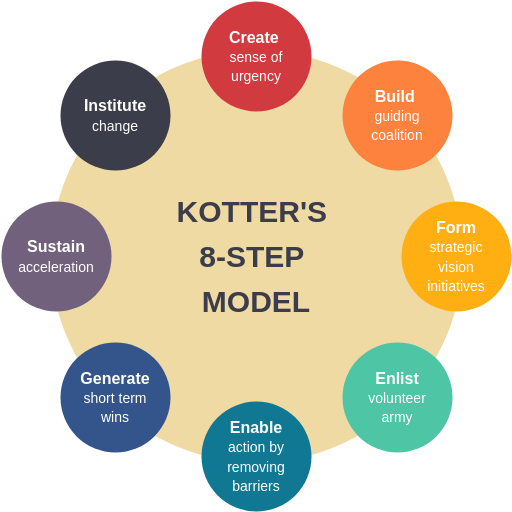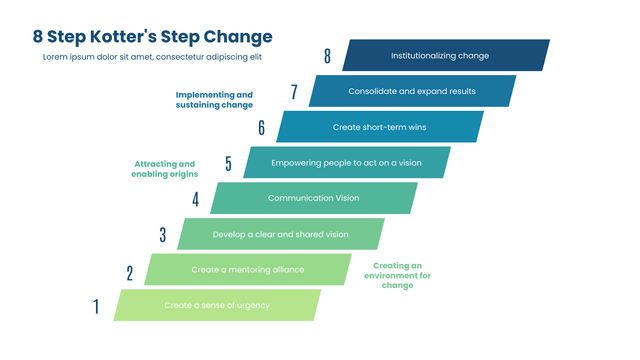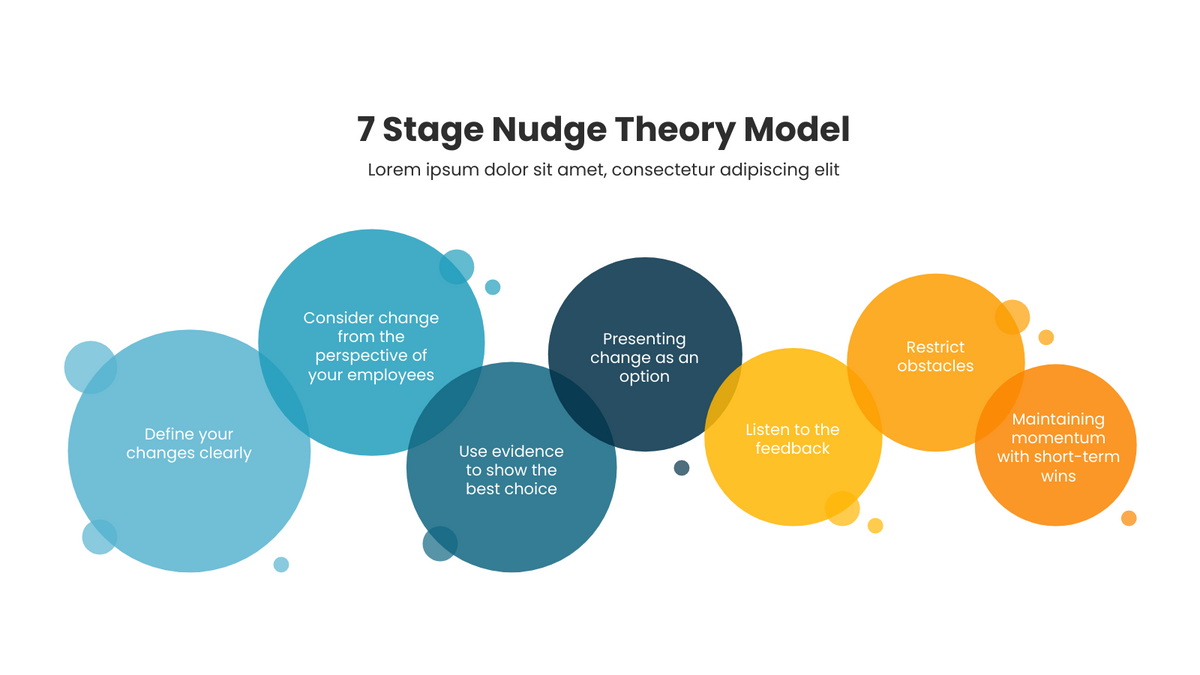Case Study: SWOT Analysis of a Waste Management Company
Introduction In this case study, we will explore a SWOT (Strengths, Weaknesses, Opportunities, Threats) analysis for a waste management company. The SWOT analysis is a strategic planning tool used to identify the internal and external factors that can impact an organization’s performance. The image provided offers a clear visual representation of these factors. SWOT Analysis Breakdown Strengths: Low labor cost: The company benefits from lower operational costs due to affordable labor. Strong specialization in electrical services: Expertise in electrical services sets the company apart from competitors. Well-recognized national brand name: A strong brand presence enhances customer…continue reading →

